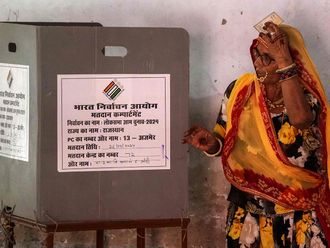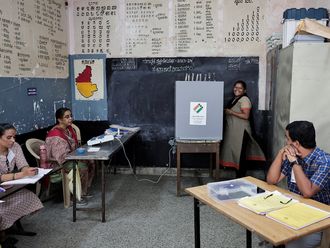1) Electronic voting machines (EVMs) were first used at 50 polling stations in the Parur Assembly Constituency of Kerala in May 1982.
2) EVMs could not be used after 1983 after a Supreme Court ruling that necessitated legal backing for the use of voting machines in elections. The law was amended by Parliament in December, 1988 and a new Section 61A was inserted in the Representation of the People Act, 1951 empowering the Commission to use voting machines.
3) Since November 1998, EVMs have been used in each and every general/by-election for parliamentary and assembly constituencies. India turned into an e-democracy in general elections 2004 when 1.75 million EVMs were used across all polling stations in the country. Since then, all elections are conducted by EVMs.
4) Once polling is completed, the election results can be known instantly at the counting station by pressing the “Result” switch. This switch is located in a sealed compartment of the control unit.
5) It is tamper proof and easy to operate.
6) The programme which controls the functioning of the control unit is burnt into a micro chip on a “one time programmable basis”. Once burnt it cannot be read, copied out or altered.
7) EVMs eliminate the possibility of invalid votes, make the counting process faster and reduce the cost of printing.
8) They can be used in areas without electricity as they run on alkaline batteries.
9) Elections can be conducted through EVMs if the number of candidates does not exceed 64.
10) An EVM can record a maximum number of 3,840 votes.












